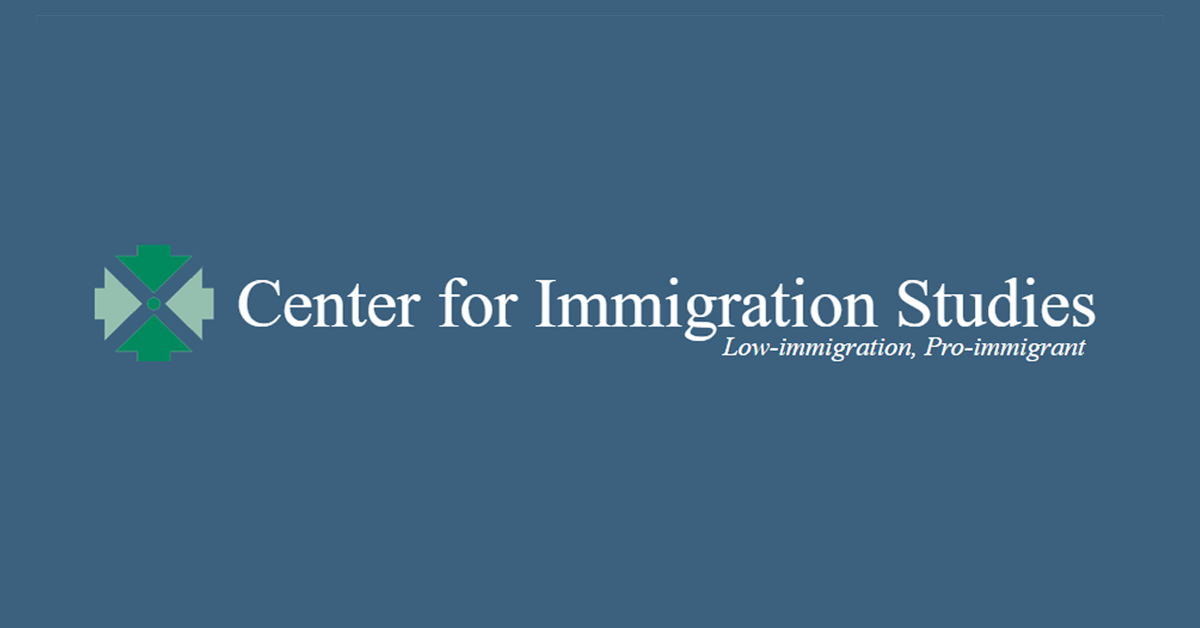The Department of Health and Human Services (HHS) recently issued a report claiming that refugees and asylees as a group are net fiscal contributors, meaning they pay more in taxes than they receive in benefits. This claim deserves more than a little skepticism. The U.S. labor market rewards workers for their skills, and the government then redistributes some of the rewards through progressive taxation and spending. Logic dictates — and empirical analysis confirms — that high-skill workers tend to be net contributors, while the less-skilled tend to be net consumers.
Refugees fall toward the lower end of the skill distribution. According to the Annual Survey of Refugees (which does not include asylees), just 11 percent of recent refugees age 25 or older arrived with a bachelor’s degree, and 53 percent arrived without a high school diploma. It’s implausible that a group with such a low average skill level could be making a net contribution — especially considering that, unlike most other immigrants, refugees are immediately eligible for the full panoply of welfare benefits. Asylees would need to have quite a positive fiscal impact to make up for the low skill level of refugees alone.
So where does the report go wrong? Its main problem is that it excludes costs associated with “congestible” public goods, such as police, highways, and parks. The report’s authors argue that the marginal cost of congestion is negligible because refugees and asylees are such a small portion of the national population, but that’s valid only if they are spread evenly throughout the country. Refugees and asylees can certainly be large portions of local populations, and congestion costs in those places add up. Based on prior research from the National Academies of Sciences, Engineering, and Medicine that the authors acknowledge on page 30, assigning refugees and asylees the average per-capita cost of congestible goods likely turns their fiscal impact negative.
Even without the exclusion of congestible goods, the report’s findings would be of limited value due to the lack of policy-relevant subgroup analyses, such as the potential difference between refugees and asylees mentioned above. The two programs could be separately expanded or contracted depending on their independent impacts — but only if policymakers know what those independent impacts are.
Similarly, the report combines recent arrivals with those who became refugees or asylees decades ago, reducing its usefulness for evaluating present-day policies. While the U.S. once took in several groups of higher-skill refugees, such as Soviet dissidents in the 1980s and Eastern Europeans in the 1990s, today refugees come mainly from less-developed parts of the Middle East, Africa, and South Asia, which has caused the average refugee’s education level to plummet. Should the experience of Soviet dissidents arriving in the 1980s really inform our expectations of Somalis who enter today? Breakdowns of the fiscal impact by education or regional origin would help mitigate this interpretive problem, but, again, the report does not provide them.
In 2020, the Center estimated the fiscal impact of recent refugees (not including asylees) by applying their age and education levels to cost estimates developed by the National Academies. Taking into account all taxes and benefits, the average refugee’s lifetime fiscal cost was $60,000 in net present value, with those entering as adults costing $133,000 each. Perhaps this is a price that the U.S. should be willing to pay to further its humanitarian goals, but the price is real nonetheless. Advocates should not deny the trade-off.













